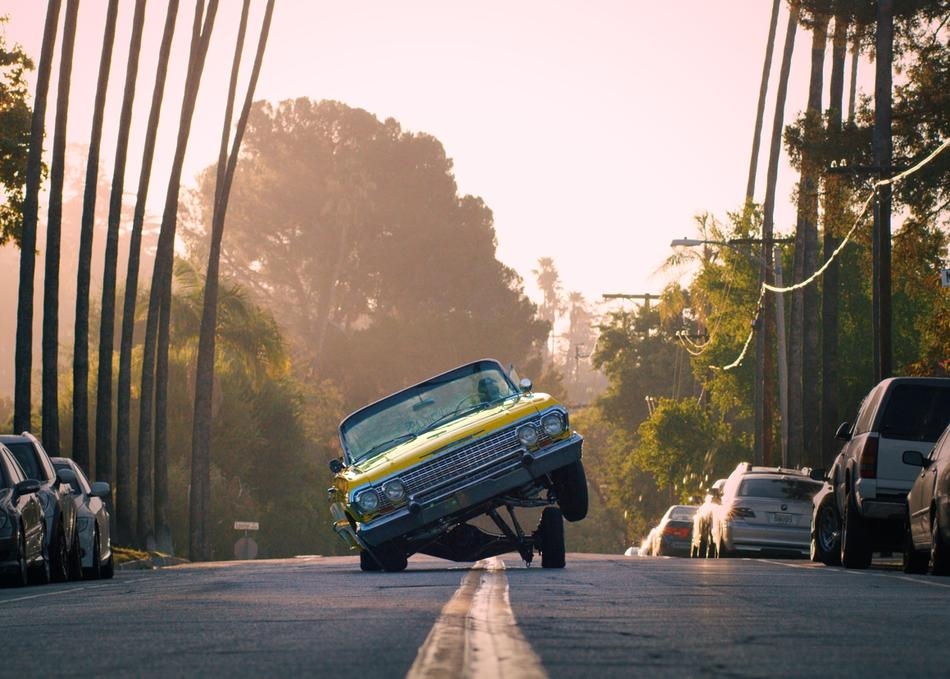 In the early ‘90s, hip-hop was spreading across the globe, while hip-hop artists from Los Angeles were putting their own significant stamp on the musical genre. N.W.A. was putting gangsta rap on the map, and Warren G, Snoop Dogg, and Nate Dogg were using elements from Motown, Funk, and R&B to create a new style of hip-hop, a style that would be later termed G-Funk.
In the early ‘90s, hip-hop was spreading across the globe, while hip-hop artists from Los Angeles were putting their own significant stamp on the musical genre. N.W.A. was putting gangsta rap on the map, and Warren G, Snoop Dogg, and Nate Dogg were using elements from Motown, Funk, and R&B to create a new style of hip-hop, a style that would be later termed G-Funk.
The childhood friends formed the group 213 and were soon discovered by Warren G’s stepbrother Dr.Dre. However, when Snoop and Nate Dogg were signed to Death Row Records without Warren, it was up to him to break through on his own. In his feature directorial debut ”G-Funk,” Karam Gill sets that stage for Warren G to tell his very personal story about his contribution to West Coast rap and his determination to persevere.
Ahead of the film’s debut at South By Southwest (SXSW) this weekend, I spoke with Warren G and Karam about “G-Funk’s” origins, looking back in time and where hip-hop is today.
Aramide Tinubu: Hi Warren and Karam, how are you are doing?
Karam Gill: Hey how’s it going?
Warren G: Hello sunshine! I’m good; I’m just chilling.
AT: Dope! Congratulations on “G-Funk” and your upcoming premiere at South by Southwest (SXSW). The documentary is amazing, and it really opened my eyes up to some of the history behind West Coast hip-hop that I did not know about previously. Warren, why was it important for you to tell your own story, and how long have you been working on this narrative?
WG: The story has been in my head for years. (Laughing) Back in the day, they had that show on VH1; I think it’s called “Behind the Music.” So this has been in my head for so many years because I wanted to tell my story. A lot of dudes have been telling their stories, and I wanted to let people know what it was that I contributed to West Coast hip-hop and hip-hop culture in general. I created what people now consider the genre, G-Funk.
AT: Karam, how did you come onboard this film as the director?
KG: I met Warren I want to say two or three years ago. I was like nineteen or twenty at the time. I was in college, and I was just shooting photos, and I met him backstage. We went on the road together, and I did a bunch of tour stuff for him; just media work and marketing and branding stuff, and after awhile he would always mention these little tidbits from his life. They were these stories about G-Funk and whatnot. We realized that this was something that needed to be told right now. It’s this incredible story that no one knows, and so we started developing it.
AT: Los Angeles in the ‘90s is such a particular type of environment and space. I think John Singleton really was able to grasp it in his films, and more recently Ezra Edelman really got the tone right in his docu-series “OJ: Made In America.” You guys also got the aesthetic perfectly in “G-Funk,” how did you do it? Did you go through old home videos together? What was it like to unearth these things that probably hadn’t been seen in twenty years?
WG: It was incredible, and it just brought back so many great memories, like the moment when I played “Regulate” for Nate [Dogg] the first time. That feeling where you get the goosebumps; just seeing that and looking at it on the big screen was just so incredible. Everything from the things that Snoop [Dogg] said to Ice-T, it was just so incredible for me.
AT: Karam, what was your role in digging up all of this archival footage for the film?
KG: Well, when we first started talking about the film, Warren sent me the contact for someone who had two big tapes of a bunch of stuff. There was this guy who used to follow Warren around in the ‘90s. So I went through it, and I pulled all of the selects, and I showed it to Warren. Right when he saw it for the first time he said, “Wow, this is incredible.” He hadn’t seen it in awhile because it was in storage somewhere. So those were the main two tapes and then there was a bunch of other archival sources that we pulled from. We just kind of fit it together. Warren took a look at a lot of it, I took a look at a lot of it, and we just slid everything in where it fit. One thing we didn’t want to do creatively was force any archival that didn’t cater to the film, which is why we went with reenactments for some parts of it. So yeah it was a joint process for sure.
AT: Warren, one of the things I loved most about the film was your persistence. You knew from day one that you, Nate and Snoop had something with 213. You knew despite all of the setbacks and obstacles that you guys were going to make it. What drove you despite being pushed off “The Chronic” tour and Snoop and Nate being signed to Death Row Records without you?
WG: That moment right there when I didn’t get a ticket to go on tour to be with my brother and my best friends, that moment right there is what changed my whole shit. But, I turned that negative into a positive and I drained all of my energy into just creating music and not letting it ruin me or have me stressed out. All of that just made me work harder because I knew that I was talented because I had contributed to a lot of the successes that were happening at that time. So, I just poured all of the energy that I had into creating and writing music. I came out with “Indo Smoke,” and I also got to produce some music for Tupac and MC Breed called, “Gotta Get Mine.” They caught me at the right time because they caught me when I was trying so hard.
Continue reading at Shadow and Act.
Image: G-Funk
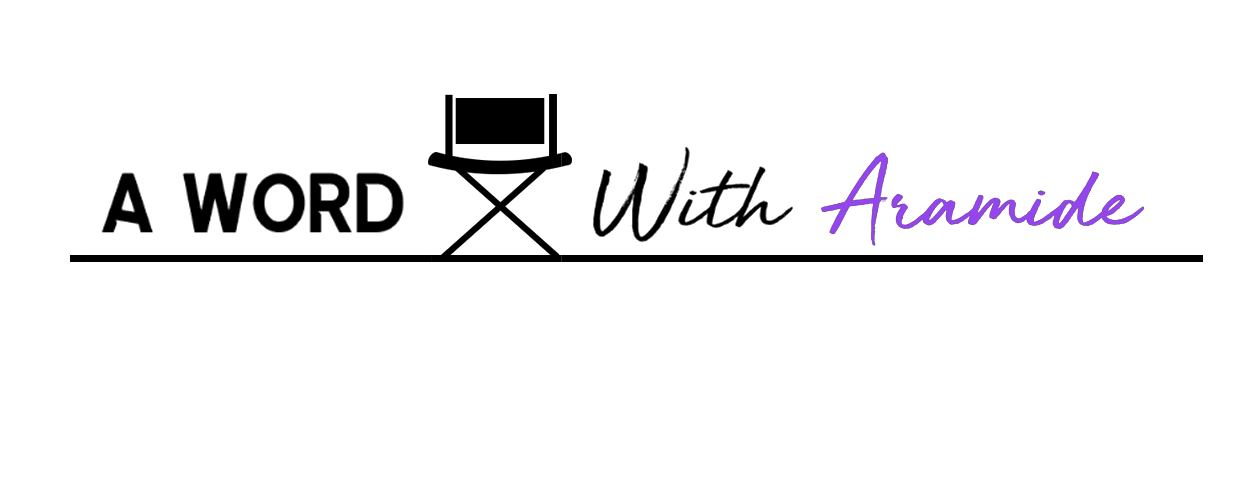

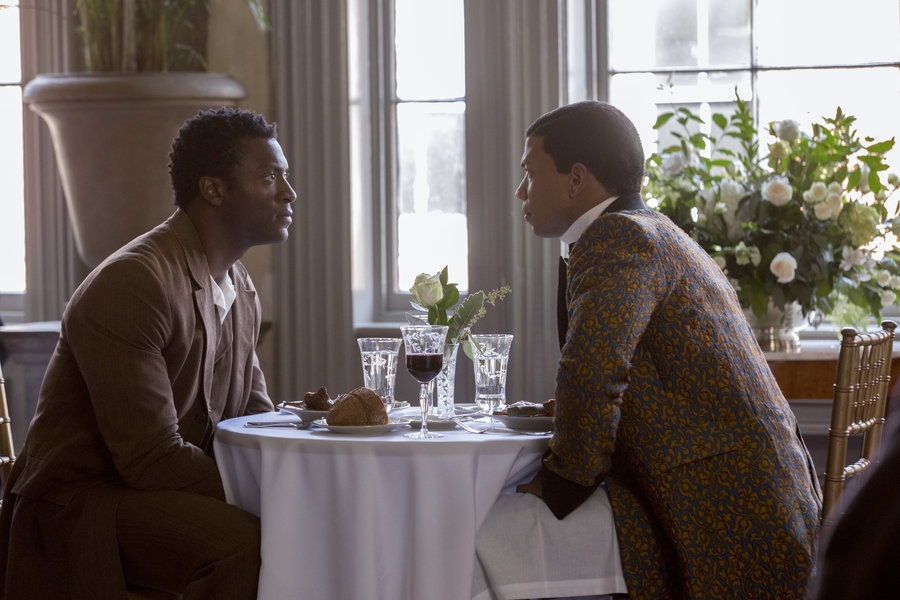


 In the early ‘90s, hip-hop was spreading across the globe, while hip-hop artists from Los Angeles were putting their own significant stamp on the musical genre. N.W.A. was putting gangsta rap on the map, and Warren G, Snoop Dogg, and Nate Dogg were using elements from Motown, Funk, and R&B to create a new style of hip-hop, a style that would be later termed G-Funk.
In the early ‘90s, hip-hop was spreading across the globe, while hip-hop artists from Los Angeles were putting their own significant stamp on the musical genre. N.W.A. was putting gangsta rap on the map, and Warren G, Snoop Dogg, and Nate Dogg were using elements from Motown, Funk, and R&B to create a new style of hip-hop, a style that would be later termed G-Funk.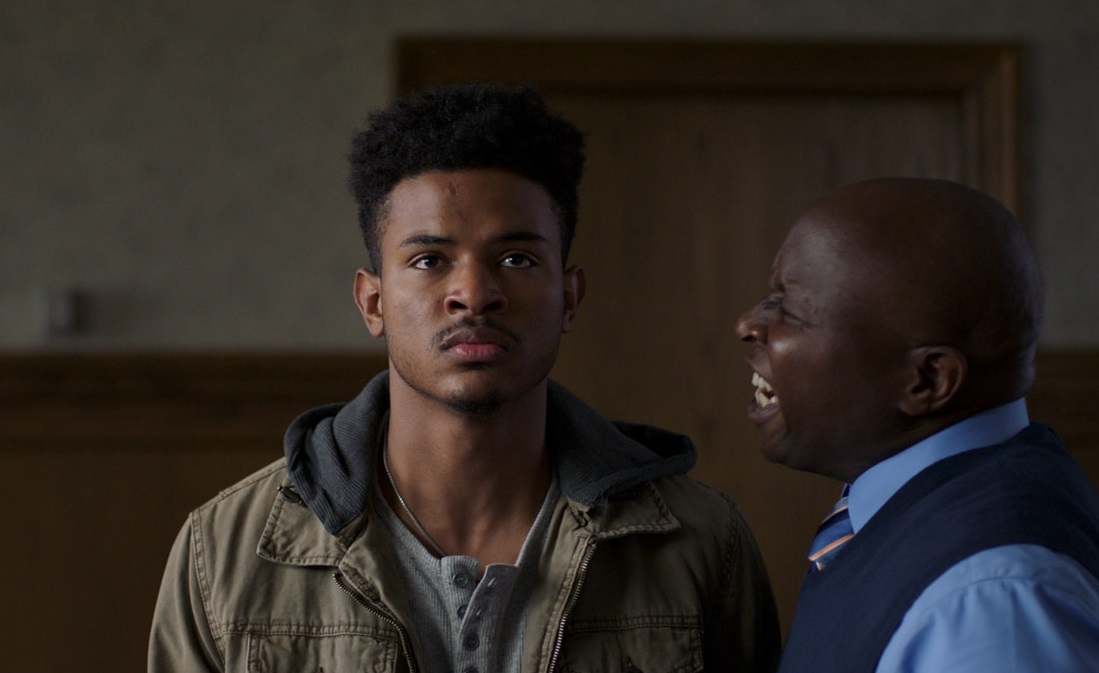 Fraternities and sororities at historically Black colleges and universes have had a significant impact not just on the students who are a part of them but on the Black community as a whole. In films like “Drumline” and “Stomp the Yard,” which are set on HBCU campuses, we often get a small glimpse into the sacred world of pledging, the focus of these film shining a light on other aspects of college life. Perhaps not since Spike Lee’s 1988 film “School Daze” has there been such a major focus on pledging Black frats and sororities and the hazing that often comes along with that.
Fraternities and sororities at historically Black colleges and universes have had a significant impact not just on the students who are a part of them but on the Black community as a whole. In films like “Drumline” and “Stomp the Yard,” which are set on HBCU campuses, we often get a small glimpse into the sacred world of pledging, the focus of these film shining a light on other aspects of college life. Perhaps not since Spike Lee’s 1988 film “School Daze” has there been such a major focus on pledging Black frats and sororities and the hazing that often comes along with that.
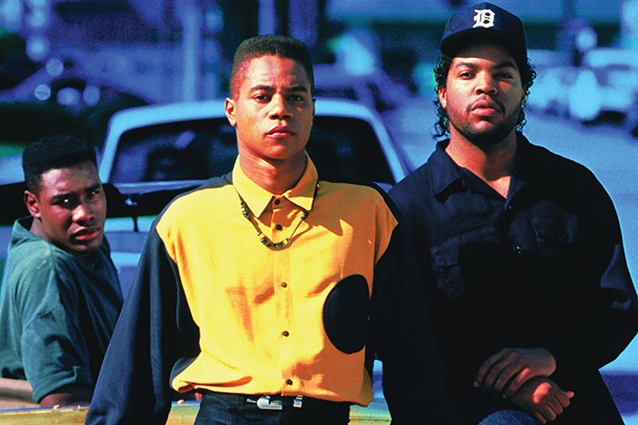 On July 12, 1991, John Singleton’s “Boyz N the Hood” came roaring into theaters. The Black community was feeling the residual effects of the ‘80s crack epidemic. George H.W. Bush was in the White House, and the Los Angeles community was still reeling from the brutal beating of Rodney King by the LAPD four months prior.
On July 12, 1991, John Singleton’s “Boyz N the Hood” came roaring into theaters. The Black community was feeling the residual effects of the ‘80s crack epidemic. George H.W. Bush was in the White House, and the Los Angeles community was still reeling from the brutal beating of Rodney King by the LAPD four months prior.